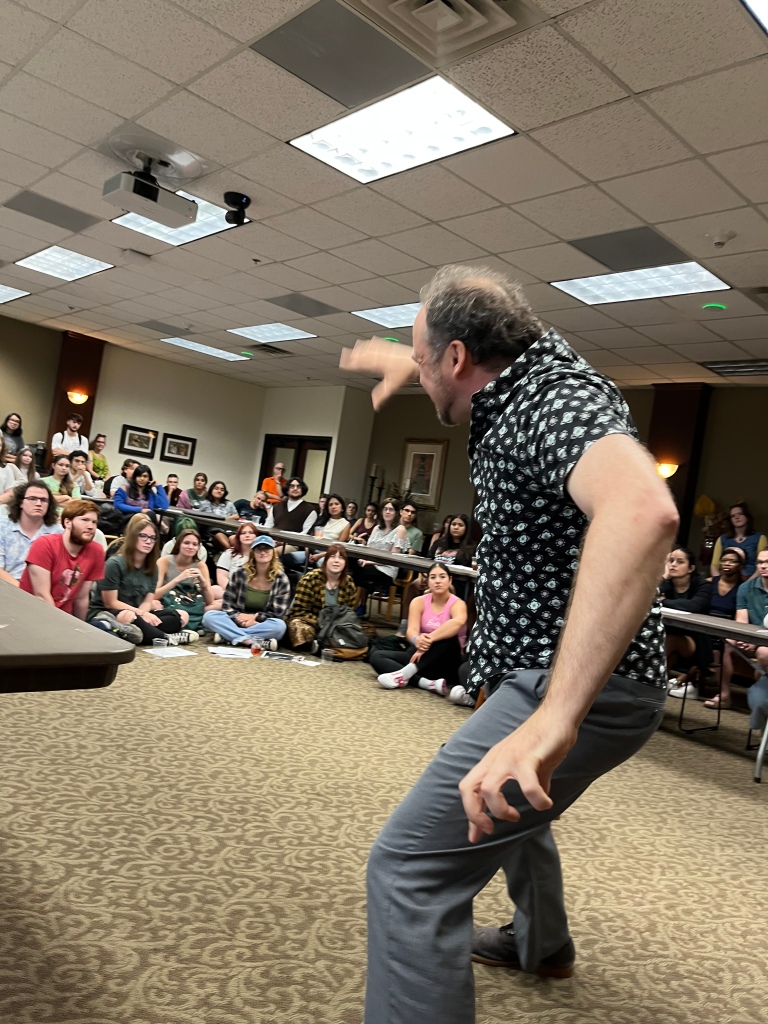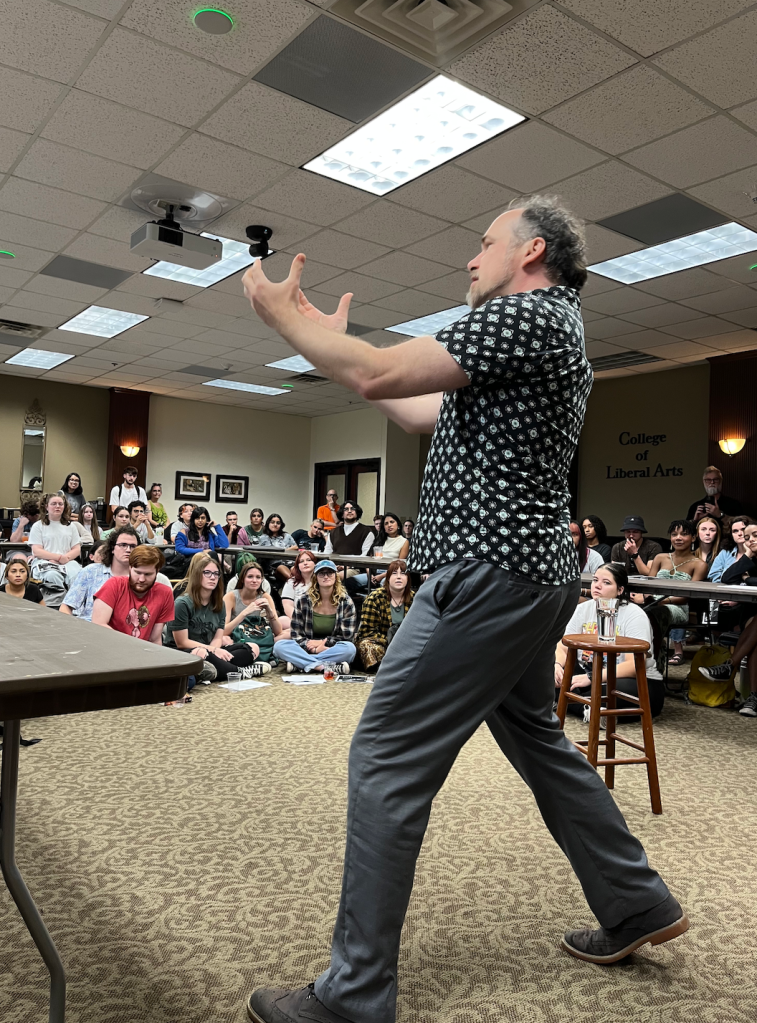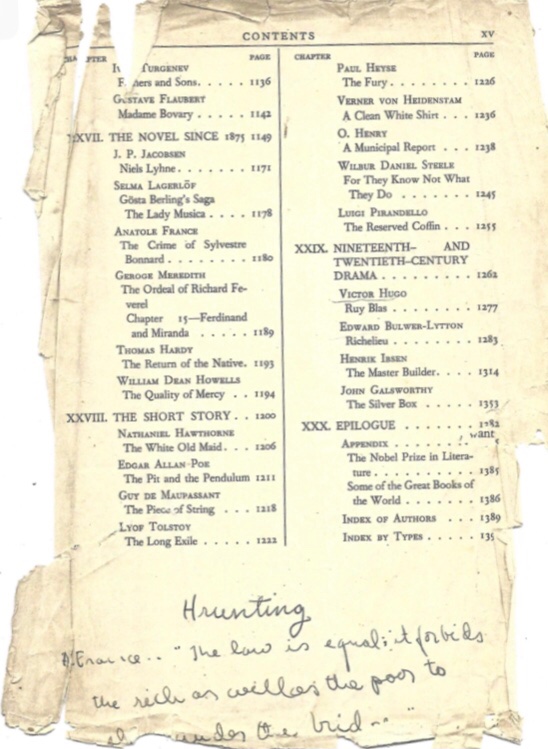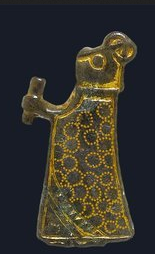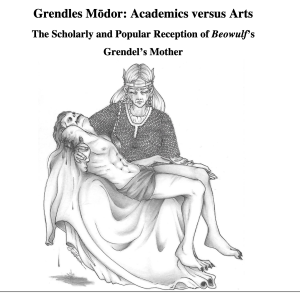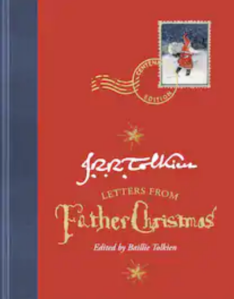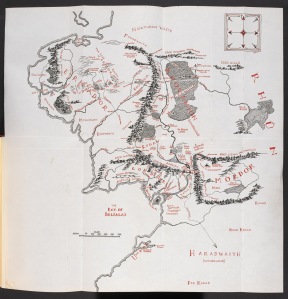
Photo by Cheyenne Johnston Ashton. The fateful tally…..
Whose the winner in a comparative translation exercise? My students had to argue for the best of four translations of Beowulf: Heaney, Bradley, Tolkien, or Liuzza. The students had excellent arguments for and against the various translators, all of whom had compelling artistic visions.
Many aspects were considered. What would be the best teaching text? What would draw the most diverse set of readers in? Should one strive for accuracy and authenticity or passion? My student Jessica writes that the translator needs to decide if the work to be translated should be a relic or a living art piece. Tolkien, Tyler points out, wrote in an archaic style, but the actual Beowulf poet was writing in a contemporary way for his audience. Thus, the translator of Beowulf today should do the same. The reader should be, according to Gaje, transported to the world of the poem.
Stephen argues that the “best translations are the ones that resonate with the translator. When the translator takes the story and recreates it; when the story is melted down and reforged to be true for the translator.” Tolkien’s love of Old English shines through.
One of my students, Rachel, wrote “Tolkien’s translation acts much like a gateway drug to obsession with Old English, easy and compelling to a point that hooks one and leaves them craving more.”
Jeremy suggests, “If the Liuzza translation is a classic Old English ale, the Heaney translation is a glass of finely balanced mead.” Skol!
And one of my grad students, Zach, is working on a translation for English language learners. His work is spectacular. I can’t wait to see what happens with that.
In the end, Liuzza won! But it was neck-and-neck until the last student’s presentation. Jeremy broke the tie in a wild finish!
One student–Lauren–chose her own translation. You go, girlfriend!

Photo by Joshua Gonzalez–who also lent me the first season of The Vikings
And while comparative translation may seem dry and dusty, several students claimed it was their favorite activity in the semester. One wrote, “I’m thankful to say that Old English literature helped me to translate my self from someone in a bad place to a happy and carefree person. Much like Tolkien’s translation of Beowulf, I’m looking to be a whimsical and adventurous individual….Texts and people are like little caterpillars that, with preparation and motivation, can turn into beautiful butterflies.”
Perfectly said!
